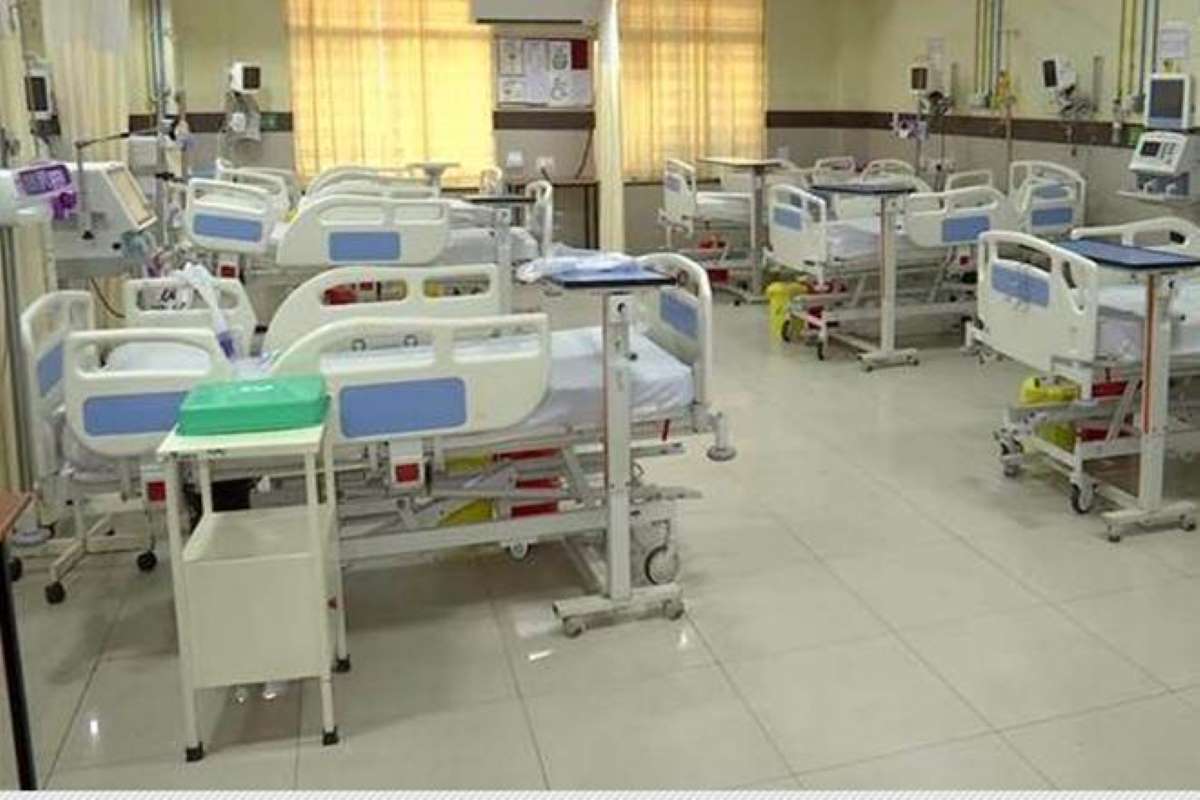
213 Omicron cases in India: Activate war rooms, curfews, Centre tells states

Warning that Omicron is thrice as infectious as Delta, the Centre has asked states and Union territories to prepare COVID war rooms, take “pro-active” action and consider night curfews.
The Centre’s directive came after India touched 213 cases of Omicron on Tuesday, 19 days after the first two cases in the country were detected in Karnataka on December 2.
Odisha and Jammu and Kashmir also logged their first cases of the variant on Tuesday. So far 15 states and Union territories have reported the variant.
While health authorities in Jammu and Kashmir said three persons in the Union territory tested positive for the Omicron variant in Jammu, the tally in Maharashtra and Telengana rose to 65 and 24 respectively with the addition of 11 and four cases of the potentially contagious strain. Officials in Jammu said the three affected people have no foreign travel history and their condition is stable.
“Three Omicron cases confirmed by NCDC, Delhi from a cluster in Jammu. Sample taken on 30th November. RTPCR testing of the entire locality ordered,” the Health and Medical Education department J&K tweeted.
Also read: Spike in Maharashtra, Delhi: India’s Omicron cases go past 200+
At least two people in Odisha tested positive for the Omicron variant, the first cases of the latest version of coronavirus in the state, state officials said. Bhubaneswar-based Institute of Life Sciences (ILS) detected the variant in the two patients after conducting the genome sequencing of 12 samples. Both of them have travel history to foreign nations – Nigeria and Qatar, the officials said.
In a letter to the states and Union territories, Union Health Secretary Rajesh Bhushan called for the implementation of strategic interventions for containment like imposition of night curfew, strict regulation of large gatherings, curtailing numbers in marriages and funerals besides increasing testing and surveillance.
The ministry said containment measures should be based on local conditions and laid down rules for “threshold limits”. Thresholds are test positivity of 10 per cent or more over the past week or 40 per cent occupancy on ICU beds with oxygen. Bhusan said the containment measures can also be taken before the thresholds are reached.
Keeping in view the COVID-19 situation and the rising number of cases of the Omicron variant, the Karnataka government said no parties or mass gatherings would be permitted in the state from December 30 to January 2.
“We had a meeting with experts through video conference regarding the New Year celebrations, keeping in mind the COVID-19 and Omicron related cases,” Chief Minister Basavaraj Bommai told reporters in Bengaluru. On their recommendation, the government decided to prohibit mass gatherings in the city and other public places in the state. “We are banning mass gatherings at open places. This is across the state from December 30 to January 2,” Bommai said.
Around 200 cases of Omicron variant of coronavirus have been detected across 12 states and UTs in India so far out of which 77 patients have recovered or migrated, the Union Health Ministry said earlier in the day. The total did not include the cases from Odisha and Jammu and Kashmir. Besides Maharashtra, Telangana, Odisha and Jammu and Kashmir, the breakup in other states and UTs are Delhi (54), Karnataka (19), Rajasthan (18), Kerala (15), Gujarat (14), Uttar Pradesh (2) and one each in Andhra Pradesh, Tamil Nadu, West Bengal and Chandigarh.
Asserting that the Omicron variant is at least thrice more transmissible than Delta, the Centre also asked states and union territories to keep taking strict and prompt containment action at district and local levels. In his letter to the states and union territories, Secretary Bhushan flagged measures that need to be taken in view of initial signs of surge in cases of COVID-19 as well as increased detection of the variant of concern Omicron in different parts of the country.
“At the district level there should be constant review of emerging data regarding the population affected by COVID-19, geographical spread, hospital infrastructure and its utilization, manpower, notifying containment zones, enforcement of perimeter of containment zones etc. This evidence should be the basis for effective decision making at the district level itself. Such a strategy ensures that infection is contained at the local level itself before it spreads to other parts of the state,” Bhushan wrote.
“Kindly activate the war rooms/EOCs (emergency operation centres) and keep analyzing all trends and surges, no matter how small and keep taking proactive action at the district/local level. Regular reviews with field officers and proactive action in this regard will definitely control the spread of infection and flatten the curve.” In case of all new clusters of COVID positive cases, prompt notification of “containment zones”, “buffer zones” should be done, strict perimeter control of containment zone according to extant guidelines must be ensured. All cluster samples must be sent to INSACOG Labs for Genome Sequencing without delay,” Bhushan underlined.
Also read: Moderna claims its booster vaccine effective against Omicron
Listing some of the strategic areas of intervention focusing on containment, test, track, surveillance, clinical management to be taken, Bhushan asked states and union territories to ensure door to door case search, testing of all SARI/ILI and vulnerable/co-morbid people and right proportion of RT PCR tests in total tests being conducted daily. Contact tracing of all COVID positive persons and utilizing the access to “AIR SUVIDHA Portal by State Surveillance Officers (SSOS) and District Surveillance Officers (DSOS) to monitor the international passengers who have arrived in their states and districts was also stressed.
States and union territories have been asked to increase bed capacity, other logistics like ambulances, mechanism for seamless shifting of patients, availability and operational readiness of oxygen equipment, buffer stock of drugs to be ensured by prompt utilization of Emergency COVID Response Package (ECRP-II) funds released by central government and other available resources etc.
(With inputs from agencies)


